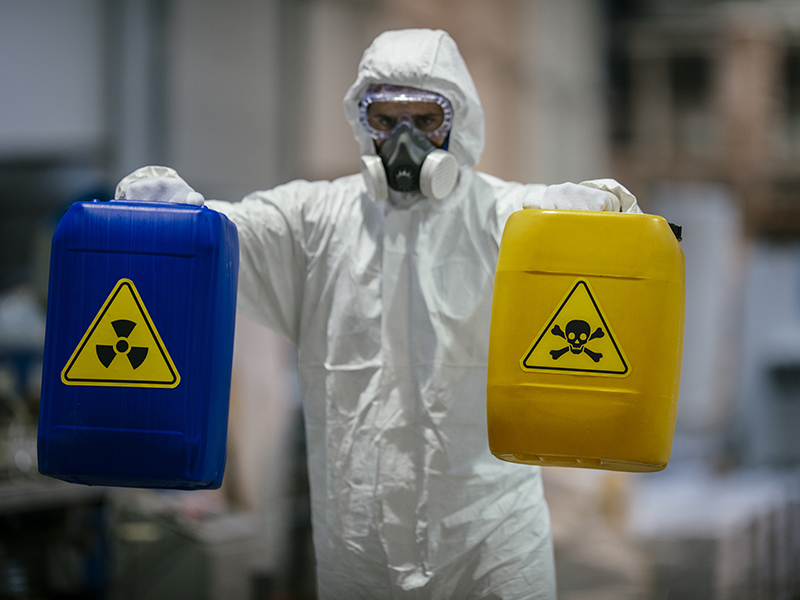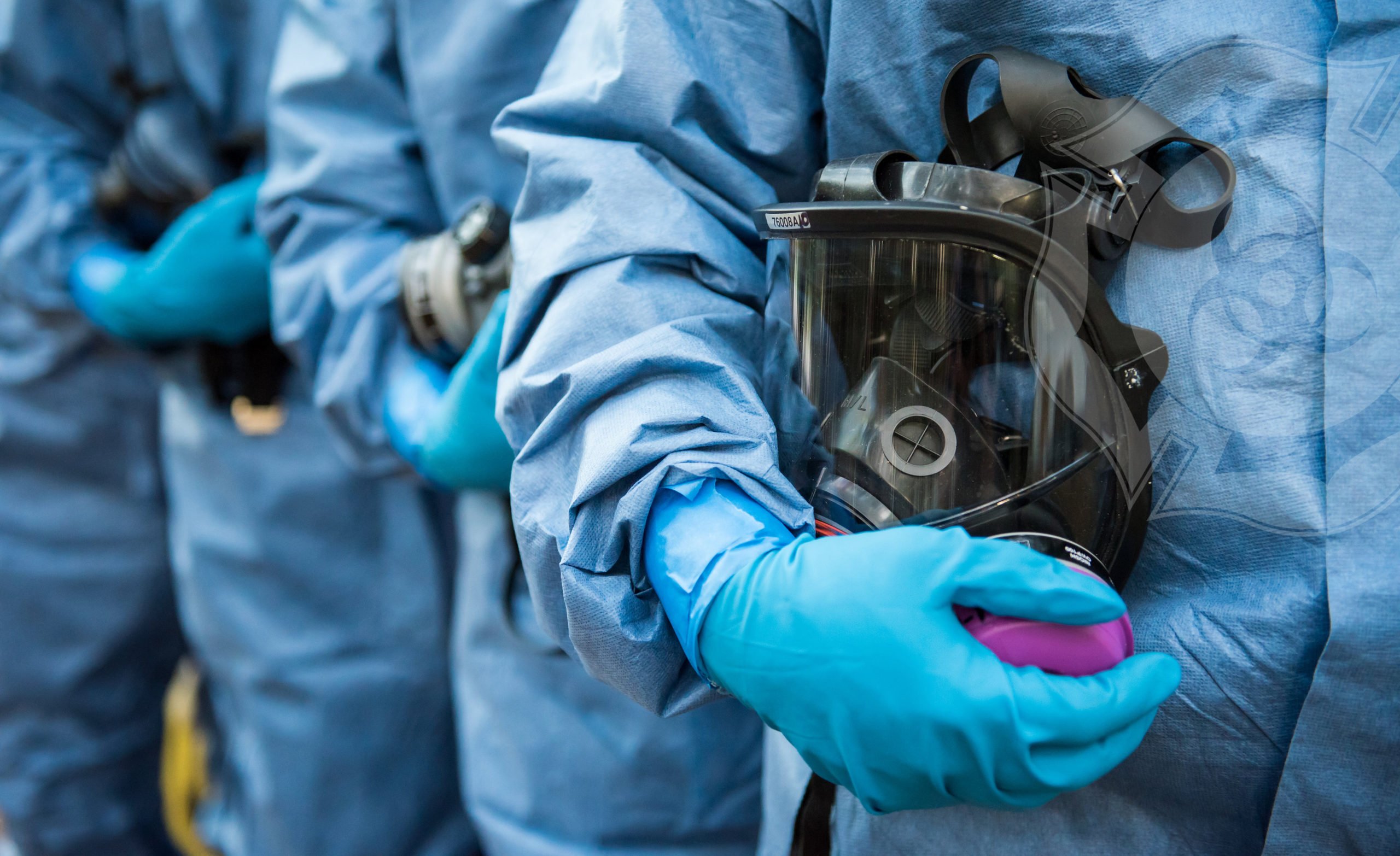Decomposition Death Clean Up: Specialized and Respectful Remediation
Decomposition Death Clean Up: Specialized and Respectful Remediation
Blog Article
Professional Biohazard Clean-up for Crime Scenes, Trauma Incidents, and Polluted Rooms
In the realm of professional biohazard cleanup, thorough interest to detail and adherence to safety and security methods are extremely important. As we delve right into the ins and outs of biohazard cleaning for these sensitive settings, a much deeper understanding of the challenges and crucial treatments entailed will certainly arise, dropping light on the vital duty of expert cleanup services in restoring safety and peace of mind.

Relevance of Biohazard Cleaning
Biohazard clean-up complying with criminal offense scenes and injury occurrences is important for guaranteeing the safety and security of people and the atmosphere. When these cases happen, they often leave behind a range of biohazards such as blood, physical liquids, and various other potentially infectious materials. These compounds can nurture hazardous microorganisms like germs and viruses, posing significant health risks if not effectively cleaned up and sterilized.
Specialist biohazard clean-up solutions are trained to deal with these harmful materials safely and properly. They have the required tools, such as personal safety gear and specialized cleaning agents, to thoroughly sanitize the affected locations. By handing over the clean-up to trained professionals, people can stay clear of direct exposure to hazardous pathogens and avoid the spread of transmittable illness.
Additionally, correct biohazard clean-up is crucial for securing the environment. Incorrect disposal of biohazardous products can pollute dirt, water resources, and air, positioning a danger to wild animals and the ecological community. By following rigorous cleaning methods, specialists can make sure that biohazards are securely gotten rid of and gotten rid of in conformity with guidelines, decreasing the threat of environmental contamination.
Sorts Of Biohazards Encountered
Different hazardous products typically experienced in criminal offense scenes and trauma cases present considerable health and wellness threats if not dealt with properly. Blood and physical fluids are amongst the most typical biohazards located in these circumstances.
An additional kind of biohazard commonly come across is sharp items like needles, busted glass, and other things that can cause injuries and transfer infections. Chemical risks are additionally a worry, as crime scenes may consist of substances like tear gas, pepper spray, or medication manufacturing materials that need specialized handling and disposal treatments to prevent additional harm.
Furthermore, mold and germs development can occur precede where decay or extended exposure to moisture has actually occurred. These microorganisms can launch toxins and allergens into the air, presenting respiratory system dangers to those subjected. Generally, biohazard cleanup professionals need to be well-appointed and qualified to efficiently manage these different kinds of dangerous products to make certain the security of themselves and others.
Tools and Safety Gear
When addressing the vital task of managing biohazards encountered in criminal offense scenes and trauma events, the usage of correct tools and safety gear is paramount to ensuring the safety of individuals involved in the clean-up procedure. Specialized cleansing devices like biohazard sharps, bags, and disinfectants containers are necessary for the secure collection and disposal of polluted materials. Making certain that all equipment is correctly preserved, frequently inspected, and used according to safety guidelines is essential in lessening the risk of direct exposure to biohazards during clean-up procedures.
Clean-up Refine and Methods
Efficient and extensive cleaning of biohazardous materials from criminal offense scenes and trauma incidents calls for meticulous attention to information and adherence to strict safety and security procedures. The cleaning process generally involves numerous vital steps. At first, the area should be evaluated to identify the level of contamination and the appropriate cleaning techniques needed. Next, all biohazardous materials, consisting of blood, physical liquids, and cells deposits, need to be carefully gotten rid of and disposed of according to regional regulations.
Following the removal of biohazardous materials, the afflicted location goes through a detailed cleansing and disinfection procedure. This action involves making use of specialized cleansing agents and equipment to make certain that all traces of contamination are eliminated. After cleansing, the location undergoes extensive testing to validate that it is complimentary and safe of any how to clean up blood on mattress type of see this continuing to be biohazards.

Purification and Disposal Treatments
To make sure thorough decontamination and proper disposal of biohazardous materials, complying with the meticulous clean-up process, details procedures need to be diligently followed with strict adherence to safety and security protocols. Purification entails the removal or neutralization of impurities to lessen the threat of direct exposure and spread of harmful compounds. This process commonly consists of cleansing, decontaminating, and sterilizing the afflicted location utilizing specific equipment and EPA-approved chemicals.
Once purification is completed, proper disposal of biohazardous products is important to avoid additional contamination or damage. Biohazardous waste, such as physical fluids or blood-soaked products, must be carefully collected, packaged, and labeled according to regulative guidelines. ATP testing. These materials are then transported to certified facilities for disposal with proper channels, making sure compliance with local, state, and government guidelines

Final Thought
Finally, professional biohazard cleanup is essential for guaranteeing the effective and secure elimination of unsafe products from criminal activity scenes, injury incidents, and polluted spaces. By utilizing customized tools, safety gear, and complying with appropriate clean-up processes and techniques, biohazard cleaning groups can successfully dispose and decontaminate of biohazards, minimizing the risk of direct exposure and harm to individuals and the setting.
As we dig into the intricacies of biohazard cleaning for these delicate atmospheres, a much deeper understanding of the obstacles and vital treatments included will certainly emerge, losing light on the vital function of professional clean-up solutions in restoring safety and security and peace of mind.
Specialist biohazard clean-up solutions are educated to handle these unsafe products safely and properly. By complying with stringent cleaning procedures, experts can make certain that biohazards are safely gotten rid of and disposed of in accordance with policies, reducing the risk of environmental contamination.
Overall, biohazard cleaning professionals have to be skilled and well-appointed to effectively deal with these different kinds of unsafe materials to guarantee the security of themselves and others.
When dealing with the important task of dealing with biohazards run into in crime scenes and trauma occurrences, the utilization of proper devices and protective gear is extremely important to ensuring the security of people involved in the clean-up procedure.
Report this page